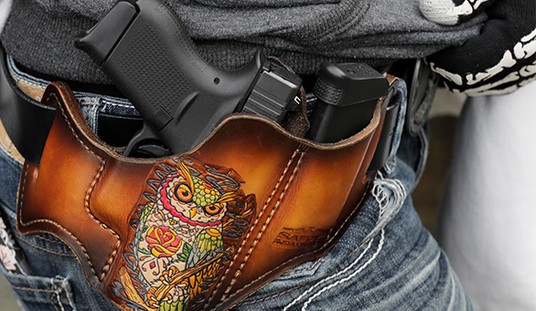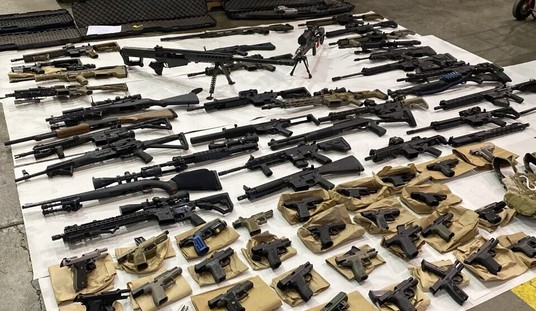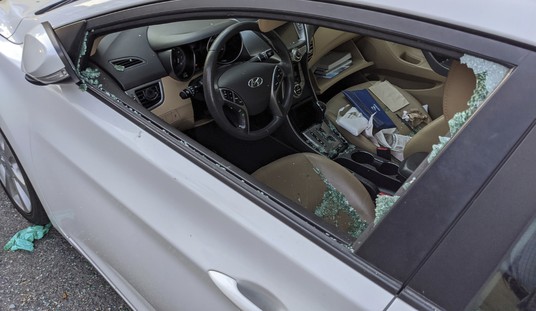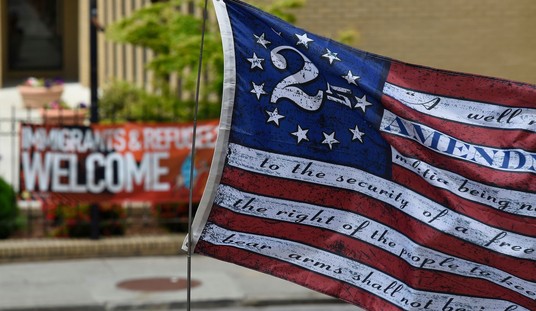Reflexes are standard equipment on all normal human bodies and serve valuable survival functions. Sometimes they are even a bit humorous, such as when the doctor uses that little rubber hammer to make your leg flop around.
However, among all your body’s other involuntary physical responses there is one reflex that has tremendous bearing on defensive firearms useage: the sympathetic squeeze reflex or, more properly, inter-limb interaction. This phenomenon needs to be more widely understood among those who carry firearms for self-defense.
Sympathetic squeeze came to the forefront in the 1990’s when researchers were trying to understand why surrendering suspects were killed by police officers who later claimed they didn’t intent to shoot. It soon became apparent that there was more to these situations than lying or trigger-happy cops.
The inquiry led to the discovery of inter-limb interaction. Simply put, it is the simultaneous movement of the opposite fingers or hand during high stress events. For example, if you grab something during a crisis, it is very likely your non-involved hand will likewise close.
This was seen in many cases where suspects were shot when an officer tried to transmit on his portable radio. The act of pressing the transmit button caused a similar, involuntary movement of the trigger finger on the other hand. If the gun was pointed at the suspect, which it often was, the result was a dead suspect and indicted officer.
Sympathetic squeeze can occur with many actions: opening a door, flipping a light switch, grabbing a handhold or attempting to operate a flashlight. It also isn’t theory. The author can vouch for one memorable instance when the stereotypical radio transmission caused curling of his trigger finger during an apprehension following a wild car and foot chase. In retrospect, the momentary mental consternation of being unable to transmit without pulling the trigger is humorous but it could have been disastrous.
So what can gun owners do to prevent a tragedy and/or a potential murder charge in such situations?
The simplest fix is to continually practice the advice given in the widely-adopted “Four Rules” of safe firearm handling written by Col. Jeff Cooper. First and foremost in regard to inter-limb interaction is Rule #4: “Keep your finger off the trigger unless your sights are on target.” This is one of the primary reasons why professional instructors are so adamant about keeping a straight trigger finger when not firing.
If your finger is habitually straight and properly stowed alongside the weapon frame, it is unlikely to creep onto the trigger when you don’t intend to shoot someone, even under incredible stress.
Rule #2, “Never Point the Weapon at Anything You Don’t Intend to Destroy,” is the second important facet in combating sympathetic squeeze and the reason we never hold adversaries at gunpoint. Keeping your weapon at a “guard,” “low-ready,” or other such position offers tactical advantages (such as good visualization of a suspect’s hands and allowing nearly instantaneous firing if aggressive action is necessary) but also provides a margin of error if you have ignored rule #4 and then suffered from a case of inter-limb interaction.
Shooting a bad-guy is life-changing event; accidentally shooting a bad guy in many ways is worse because now you will likely become a criminal in spite of your otherwise honorable intentions. Don’t ignore the serious dangers of sympathetic squeeze!








Join the conversation as a VIP Member